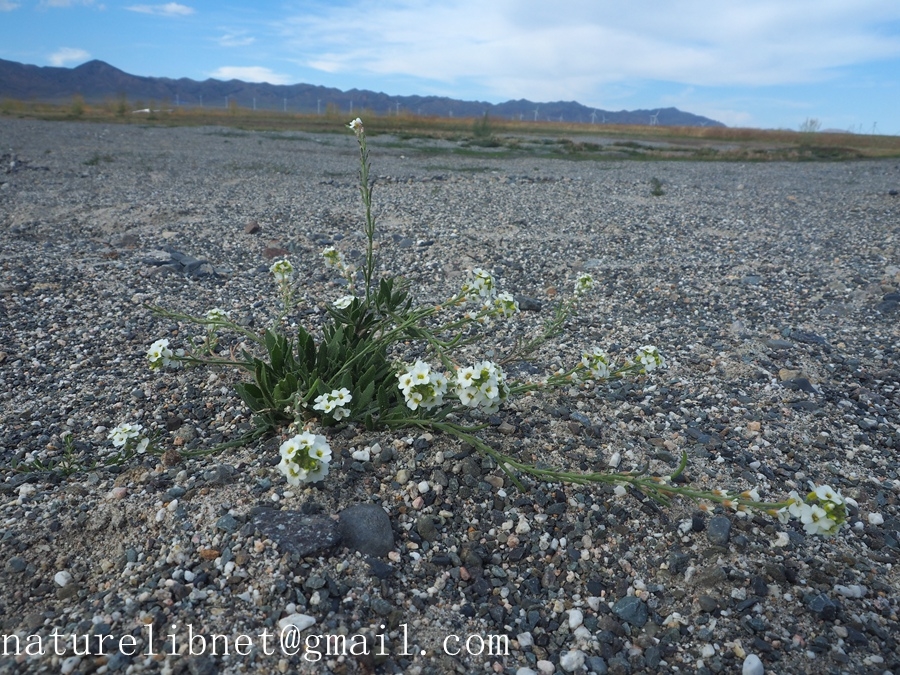- Scientific Name: Braya humilis (C.A.Mey.) B.L.Rob.
- Ref: A.Gray et al., Syn. Fl. N. Amer. 1(1,1):141. 1895
- Synonyms:
- Arabidopsis novae-angliae (Rydb.) Britton
- Arabidopsis trichocarpa R.F. Huang
- Arabidopsis tuemurnica K.C. Kuan & Z.X. An
- Arabis piasezkii Maxim.
- Arabis sinuata Turcz.
- Braya novae-angliae subsp. novae-angliae
- Braya novae-angliae subsp. ventosa (Rollins) Böcher
- Cardaminopsis sinuata (Turcz.) O.E. Schulz
- Dichasianthus humilis (C.A. Mey.) Soják
- Erysimum alyssoides Franch.
- Erysimum stigmatosum Franch.
- Hesperis hygrophila Kuntze
- Hesperis piasezkii (Maxim.) Kuntze
- Malcolmia perennans Maxim.
- Neotorularia humilis (C.A. Mey.) Hedge & J. Léonard
- Neotorularia maximowiczii (Botsch.) Botsch.
- Neotorularia piasezkii (Maxim.) Botsch.
- Pilosella richardsonii Rydb.
- Sisymbrium humile Ledeb.
- Sisymbrium piasezkii Maxim.
- Stenophragma humile (C.A. Mey.) B. Fedtsch.
- Torularia arctica (Böcher) A. Löve & D. Löve
- Torularia humilis (C.A. Mey.) O.E. Schulz
- Torularia maximowiczii Botsch.
- Torularia piasezkii (Maxim.) Botsch.
- English Common Name: low northern rockcress
- Chinese Common Name: 蚓果芥 yǐn∙guǒjiè
- Family: Brassicaceae
- Genus: Braya
- Distribution: Sandy areas, river terraces, open stony slopes, scree, dolomite cliffs and slopes, degraded loess slopes, limestone ledges; 1000-5300. Gansu, Hebei, Henan, Nei Mongol, Ningxia, Qinghai, Shaanxi, Shanxi, Sichuan, Xinjiang, Xizang, Yunnan [Afghanistan, Bhutan, India, Kashmir, Kazakhstan, Korea, Kyrgyzstan, Mongolia, Nepal, Pakistan, Russia, Tajikistan; North America]
- Photo: 08/01/2018, Sailimu Lake, Xinjiang
Herbs perennial, (4-)8-25(-35) cm tall, sparsely to densely covered with short-stalked or subsessile, submalpighiaceous or rarely 2-forked trichomes often mixed along petioles and stem base with simple trichomes, rarely glabrescent. Stems usually few to many from base, rarely simple, ascending or erect, rarely subdecumbent. Basal leaves rosulate; petiole 2-16(-35) mm; leaf blade obovate, spatulate, oblanceolate, oblong, or sublinear, (0.3-)0.5-2(-3.5) cm × 1-8(-10) mm, sparsely to densely pubescent or rarely glabrous, base attenuate or cuneate, margin entire, repand, dentate, or pinnatifid, apex acute or obtuse. Cauline leaves similar to basal leaves but progressively smaller upward, uppermost sessile to subsessile. Racemes bracteate along lowermost part, very rarely throughout. Fruiting pedicels erect and subappressed to rachis, ascending, or divaricate, slender, much narrower than fruit, (2.5-)3-8(-12) mm. Sepals oblong, 2-3 × 0.8-1.2 mm, slightly saccate or not saccate at base. Petals white, pink, or purple, broadly obovate or spatulate, 3-5(-8) × (1-)1.5-2.5(-4) mm, apex rounded. Filaments 2-3(-4) mm; anthers oblong, 0.4-0.7 mm, apex apiculate. Ovules 20-44 per ovary. Fruit linear, uniform in width, (0.9-)1.2-2.5(-3.2) cm × 0.5-0.9(-1) mm, mostly straight, terete, torulose, pubescent with submalpighiaceous trichomes rarely mixed with fewer straight ones, rarely glabrescent; style 0.3-0.8(-1) mm; stigma entire or strongly 2-lobed. Seeds oblong, uniseriate, 0.6-0.9 × 0.4-0.5 mm. Fl. May-Aug, fr. Jun-Aug. 2n = 28, 40, 42, 50, 56, 64, 70. (Flora of China)
